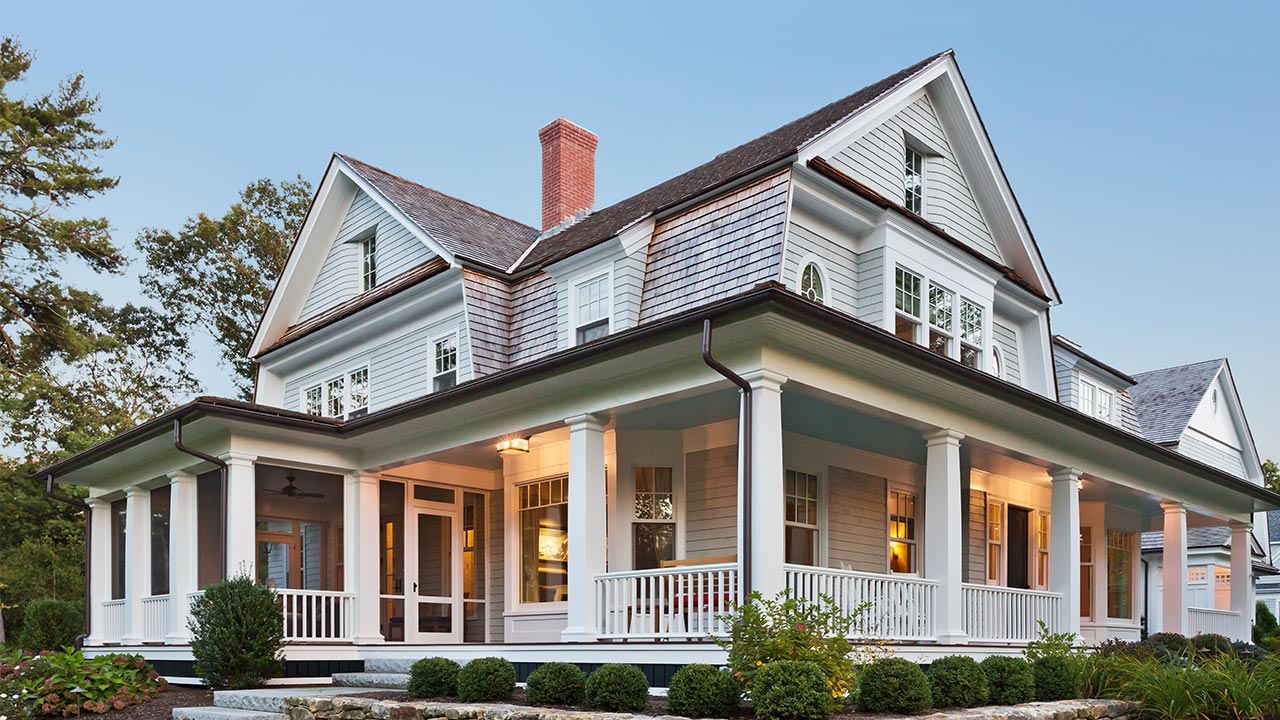
The debate on the legalization of traditional cannabis use is still open; this is precisely why it Marijuana CBD is crucial to recognize the substantial differences, on a chemical and sensory level, that exist between and regular cannabis; indeed, variations in the concentration of particular cannabinoids in the resin of the plant in question depend on – cascading – different fates for those who market this product and those who, instead, use it.
Marijuana CBD and the market
Its placement in the category of narcotic substances makes the distribution of traditional cannabis on the national territory illegal: for this reason, its diffusion in the streets can only take the paths of the black market; it is therefore a parallel circuit, often controlled by organized crime, which intertwines a problem of legality and economy with a concrete medical risk (think of the impossibility, for the amateur consumer, of verifying the quality of the type of weed illegally put into circulation).
The same fate obviously does not befall legal cannabis: since it is light in the percentage of THC it contains, it is distributed in special commercial establishments that – in a completely regulated manner – guarantee, at the same time, its quality, type and origin.
Looking at the chemical composition of regularly marketed cannabis, specifically, the percentage of CBD concentration ranges between 5 percent and 20 percent; however, below 5 percent CBD concentration there are usually no important positive effects related to the consumption of Marijuana CBD (which is therefore less effective, for example, to soothe muscle aches or headaches).
Marijuana CBD and traditional cannabis: some chemistry
As introduced, the main difference between the two types of cannabis is chemical: the resin composition of regular (illegal) cannabis has a THC (tetrahydrocannabinol) level that exceeds the tolerance threshold (0.6 percent).
The high concentration of THC makes traditional cannabis flower a full-fledged narcotic substance, the constant use of which-especially in adolescence-can also cause long-term risks for those already experiencing disorders related to anxiety, paranoia, or depression. Adolescents tend not to have the same capacity as an adult to absorb THC.
Marijuana CBD (legal), on the flip side, has a considerably lower level of THC, balanced by a resin with higher concentrations of various other cannabinoids, including CBD (cannabidiol): this metabolite, specifically, in contrast to THC, has neuro-protective properties such that it is an integral part of various medications.
Marijuana CBD and quality: what changes for the senses
Finally, it is worth mentioning how differences in terms of the chemical composition of Cannabis resin trigger different tactile and olfactory sensations in those who come into contact with it. For example, a more intense and persistent scent will suggest that the cultivation of the herb under consideration was controlled in an enclosed environment.
To the touch, on the other hand, a good quality Marijuana CBD is distinguished by its being neither wet nor dry (characteristics that suggest that one is dealing with a product that is now old and has lost or never acquired all the properties that the consumer might enjoy).



